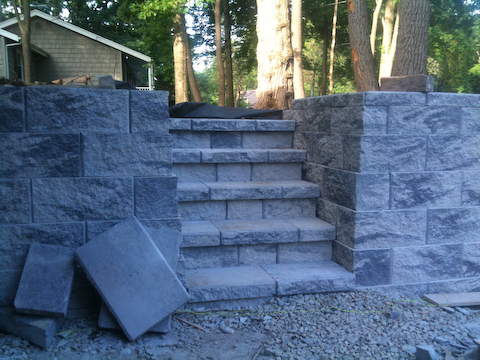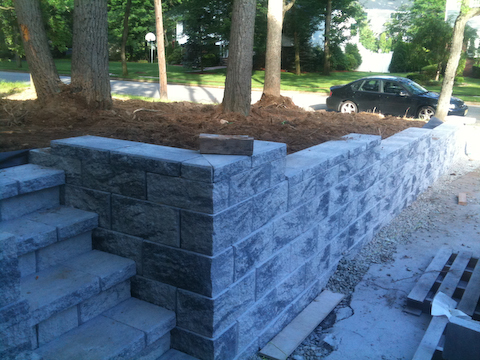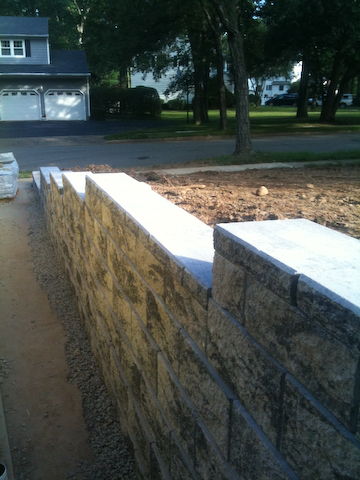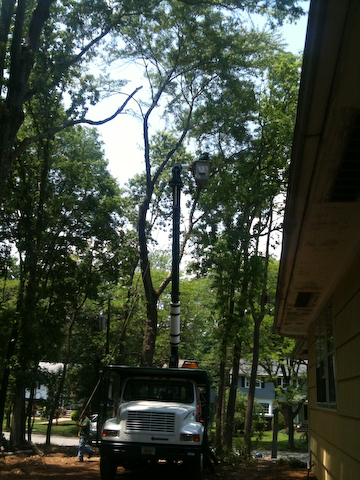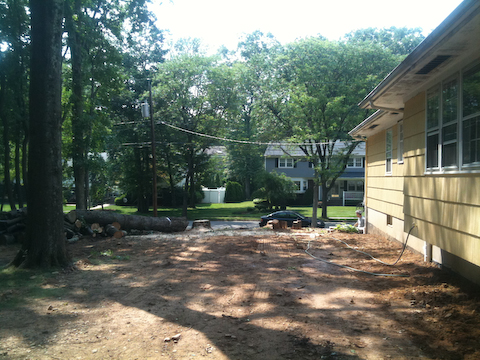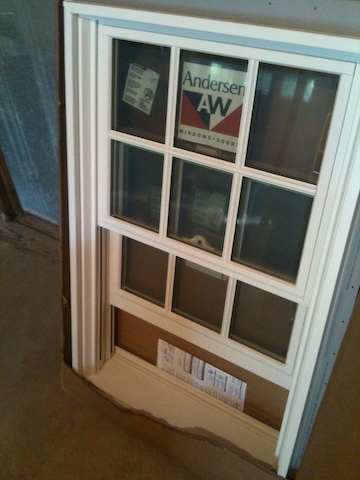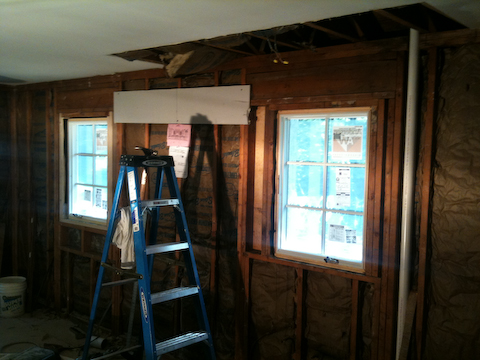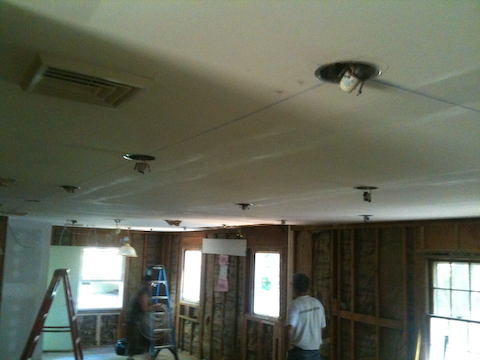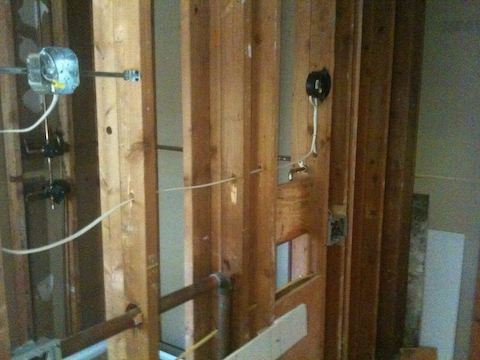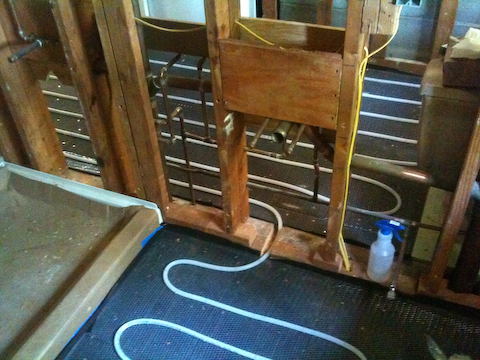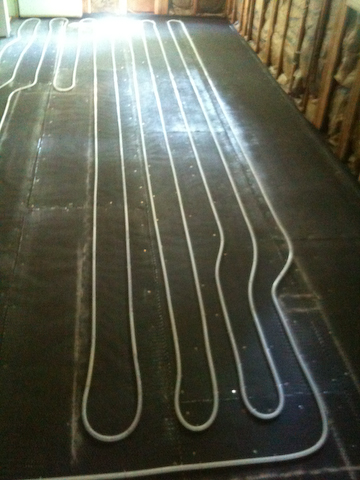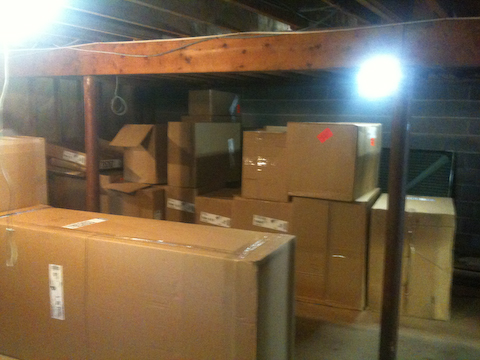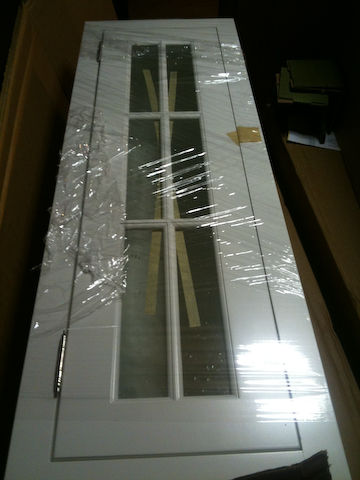WITH ample opportunities to ski, golf, swim, hike and bike, life in this rural township in the New Jersey Highlands can feel like a year-round resort, residents say.
“I call it ‘being on vacation’ living here,” said Allison Callow, a real estate agent who has lived in Vernon Township for 16 years. She and her family traded in a three-bedroom colonial on one-tenth of an acre in Bergen County for a four-bedroom bilevel on more than an acre abutting a state park, which they bought for $158,000.
Activities in Vernon center on nine lake communities and the Mountain Creek ski resort, the state’s largest. Ownership of Mountain Creek has recently changed hands, and the new proprietors are spending an estimated $20 million on projects that include a 50,000-square-foot day lodge at the base of the 167-acre ski facility off Route 94.
“I see the investment being made by the resort industry as palatable proof that we’re moving ahead,” said Vic Marotta, the town’s first elected mayor, who took office on July 1. “We have a golden opportunity here. How we nurture it and see it through will determine what Vernon looks like in the future.” Mr. Marotta had also served as mayor when it was an appointed position.
Another change that may shape Vernon’s future are new sewer lines, which will largely serve Vernon’s commercial and recreational centers and could attract new businesses and retailers.
The real estate slump has had the effect of bringing in a new wave of second-home buyers and investors to the 1,500 condominiums at Mountain Creek. “We discounted very heavily, and we sold them,” said Andrew Mulvihill, the president of real estate investment at Mountain Creek, noting that his group sold 80 units this past winter.
Among the beneficiaries were Milo Chan and Winnie Donahue, who closed last month on a furnished three-bedroom town house in the Black Creek Sanctuary area, paying $170,000 for a unit that sold for $524,950 in 2004, according to Carol Williams, an agent at Prudential Gross & Jansen Highlands Realty. The couple and their two children, who live in Manhattan, plan to use the town house for weekend getaways in the summer and during ski season. While they weren’t actively looking to buy a second home, Ms. Donahue said the price, and the fact that it was furnished, made the deal irresistible.
“We wanted something turnkey, but this was ridiculous,” said Ms. Donahue, an advertising consultant. “It was a great buy at a great time that just fell into our laps.”
…
Mark and Julie Bush were able to take advantage of those dropping prices by waiting it out to buy their new-construction four-bedroom, two-and-a-half-bath house on 3.2 acres. Mark Bush, 30, grew up in Vernon, but was most recently living in a condo here with his wife and two children. For a year and a half, he said he had been keeping his eye on a new house with great views of the mountains.
“Contracts had fallen through and I saw the price keep dropping every couple of months,” said Mr. Bush, a certified public accountant. In January, the Bushes moved into their new house, paying $355,000 for a house originally listed at $499,900.

